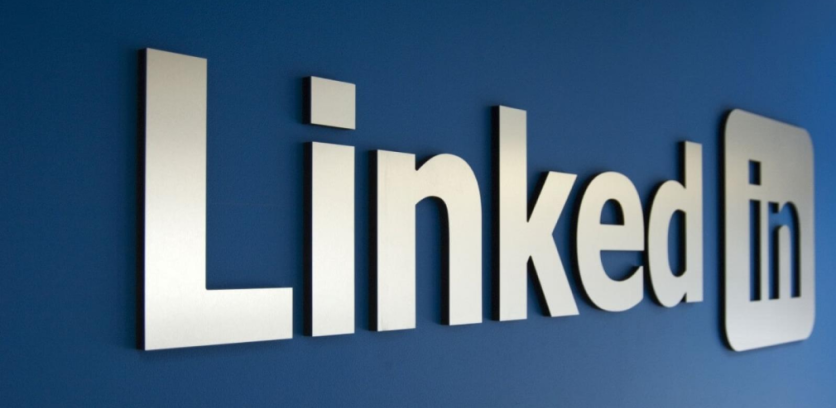Using your LinkedIn Profile for an effective professional career transition may be your best tool to ease into a new industry. The number of people who progress and remain in their career path compared to the number of people who shift careers can be quite a huge difference statistically.
There are many different reasons why a person should choose to shift careers. Whether it be personal or professional, changing careers is no easy task.
What LinkedIn can Offer
LinkedIn is very popular for its ability to network and also improve your chances of getting hired as this social networking platform seems like the professional version of Facebook.Being able to use LinkedIn to shift careers is something not done often because of the misconception of this shift is really complicated, but in reality, there are just a few things you have to keep in mind.
The Goal in Using LinkedIn
The goal is to make sure you are found by the right recruiters, hiring managers, colleagues, and not the ones from the past, but rather from your future career.
Putting "everything under the sink" may be tempting when creating a profile because it makes you look qualified for both your current job and also the job you want or maybe even for an array of new industries, roles, or career paths. Still, in the end, your profile would just look as confusing as it is ineffective.
Instead of dumping all the information you think you need, focus on the essentials needed for your new career path, and tailor your resume to fit the specific job you want to have.
The key is to highlight only the most relevant experiences you have encountered and get rid of or minimize the rest.
SEE ALSO: The Rise of the Chief Marketing Technologist
How It Should Look
Headline
First thing's first, focus on your headline and make sure to keep it short but also eye-catching. When someone searches you up, you won't be able to show them your full profile without catching their attention with just your headline alone. Your LinkedIn profile has to be attractive even from a glance.
Without hesitation, distinguish yourself from others by putting your involvement in the targeted industry before putting what you can contribute.
Summary
Allow yourself to tell who you are first-person completely. Unlike a resume, your LinkedIn summary should establish a great narrative that pulls together pieces of your professional past to make it look like a sequence instead of a random mixture of involvements.
Experience
This segment allows you to talk about your accomplishments and highlights, which glitter in the eyes of recruiters. Do not focus on responsibilities or other aspects but write from a first-person perspective and share what you have achieved to increase your chances of getting hired.
References
Assuming you have gathered positive references, never be afraid to put them out there for your new recruiters to examine. Having at least one or two testimonials would make finding a new job much easier.

Shifting Careers should not be that hard to accomplish as long as you are able to not only justify your transition but also sell yourself as an opportunity. We hope our tips above will help you on how to use Your LinkedIn Profile effectively.
ⓒ 2025 TECHTIMES.com All rights reserved. Do not reproduce without permission.




